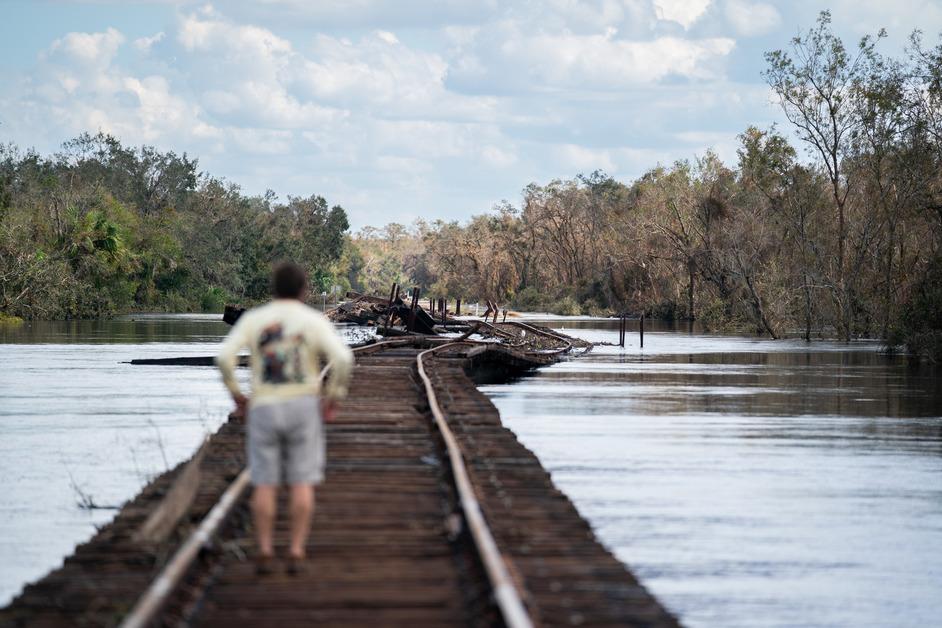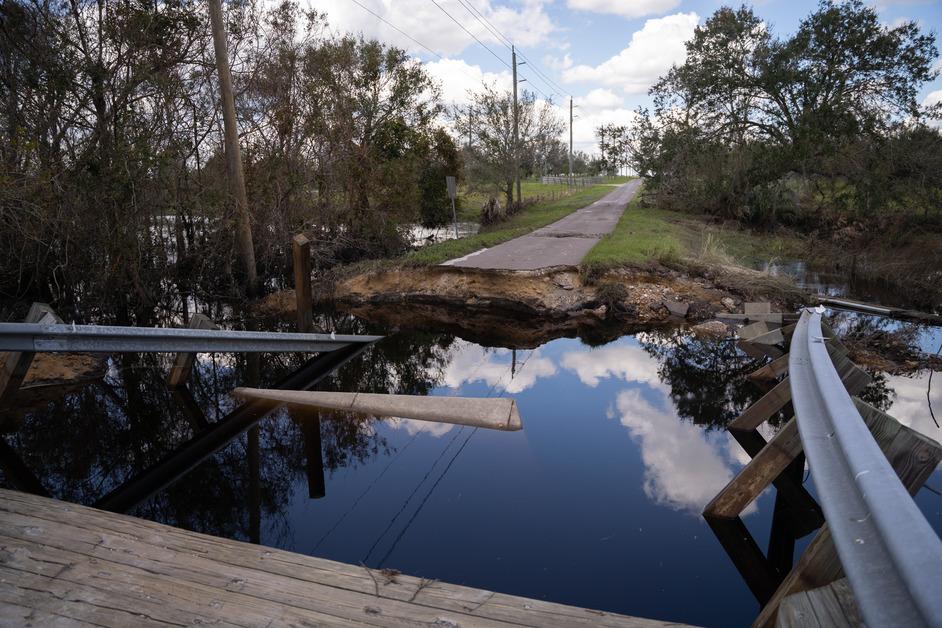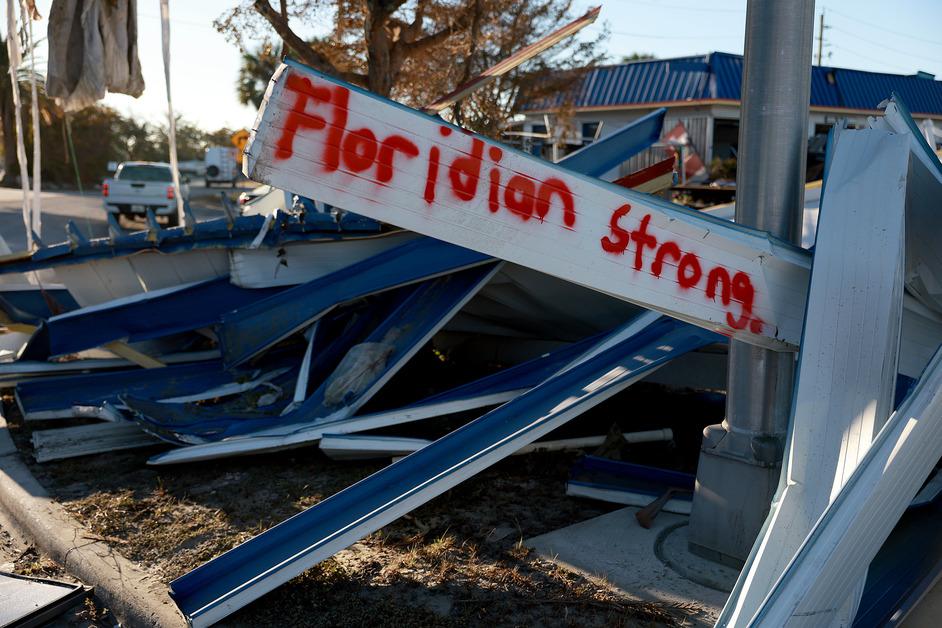Florida’s Imperial River is Rising, Causing Problems for Surrounding Communities
Published Dec. 15 2022, 10:11 a.m. ET

In the City of Bonita Springs, Fl., residents must be ready to face the floods, as the Imperial River keeps rising.
The Florida coast is confronting a harsh future — one that comes with sea-level rise, the erosion of the coastline, the flooding of rivers and inlets and streams, and communities in disrepair. The Imperial River, a waterway stretching from an inlet off of the Gulf of Mexico and through the City of Bonita Springs, Fl. has been steadily rising.
Why has the river been rising?
In coastal cities, water levels have been rising more and more as we find ourselves deeper and deeper into a climate crisis. If you are unfamiliar, glacier melt, and seawater expansion, all are a result of climate change, per NASA.

However, the worst of the Imperial River came after Hurricane Ian, which lasted from late September to early October 2022. According to World Vision, Hurricane Ian only falls behind Hurricane Katrina in ranking as the deadliest storm in the continental U.S. this century. Winds sustained speeds up to 155 mph, and in places like Bonita Springs, Fl., the Imperial river rose 2.10 feet in a single week, per data collected by the U.S. Geological Survey.
Most of the flooding comes from sheet flow, or stormwater that runs over paved and vegetated areas usually after a Hurricane, according to the Fort Myers News-Press. Residents living by rivers and canals, such as the Imperial River, must be vigilant when water levels get too high.

Some reminders for locals when flooding occurs, according to WINK News, are:
- Never walk through flowing water, that is where most drownings occur.
- It only takes six inches of water to knock you down, and just two feet to move a vehicle.
- Avoid fallen wires because they can cause the surrounding water to become charged.
- Flood waters are dirty, and can make you sick.
- Do not drive around road barriers to avoid flooding, just turn around.
Hurricanes are unfortunately about to become increasingly common, with global warming. According to Columbia Climate School, a hurricane is “powered by the release of heat when water that evaporates from the ocean’s surface condenses into the storm’s rain.” Therefore, as the ocean becomes warmer, more evaporation occurs, thus creating more rain, heat, and wind.

Protecting the wetlands is key.
According to Yale Climate Connections, the rate of sea level has doubled from the 20th century, now rising an average of 3.4 millimeters per year, with some coastal areas even higher. Florida holds one-fifth of the country’s wetlands. However, it has lost over half of the acreage since 1845, per PBS.
Frequent tropical storms, such as the bundle of hurricanes that hit in increasing amounts each year, strain the coastal wetland vegetation, which acts as a natural barrier to increasing sea levels. A wetland is able to slow water flow and is estimated to reduce property damages by $1.8 million per square kilometer in the U.S. every year.